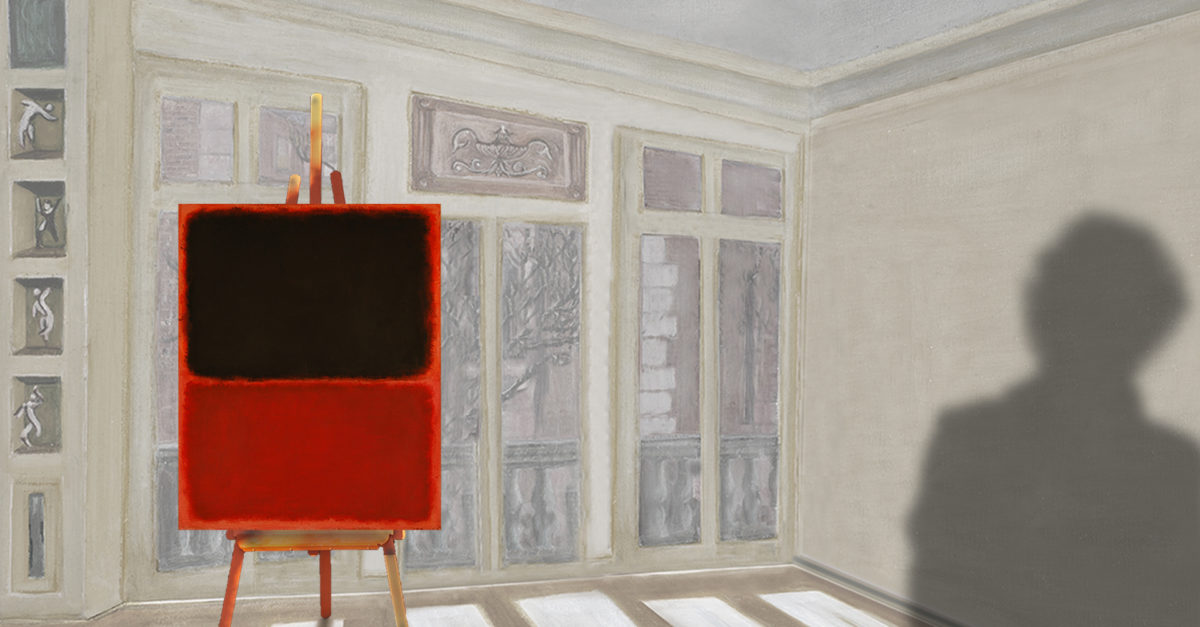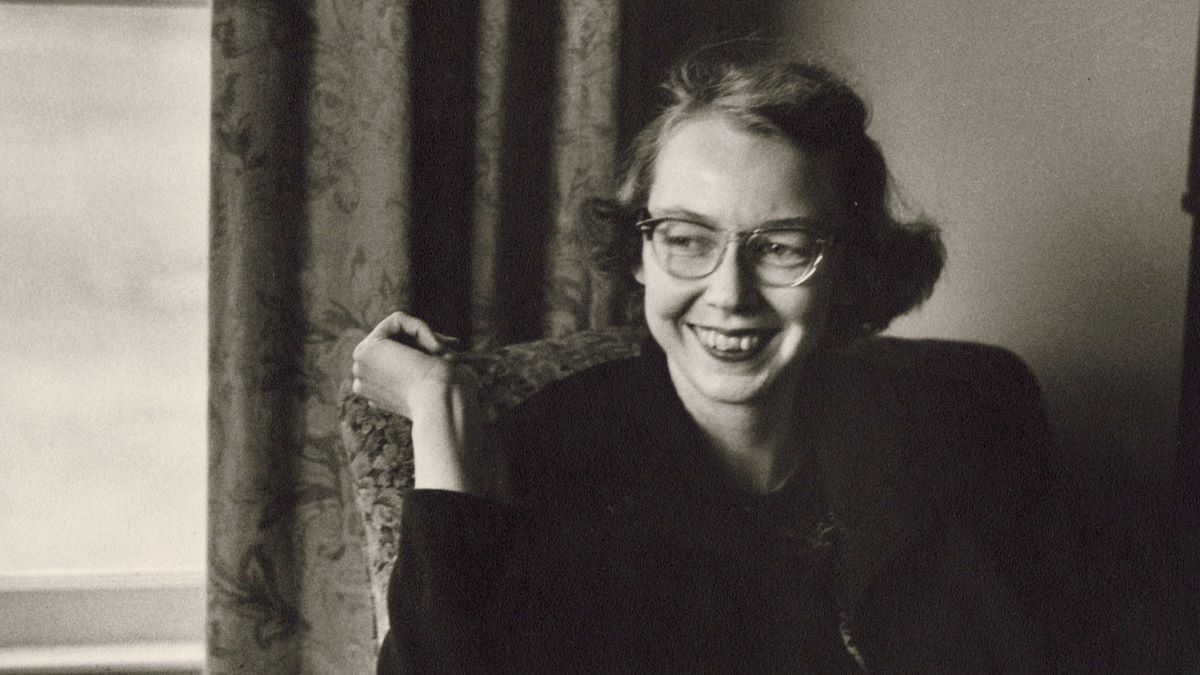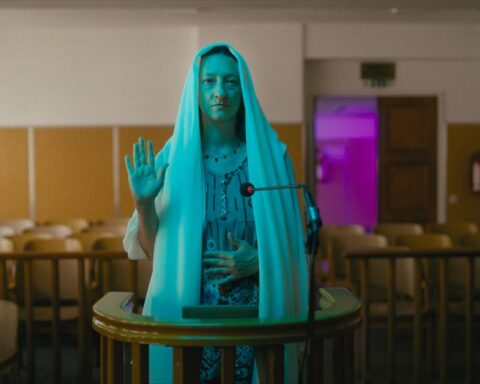Driven to Abstraction
(USA, 84 min.)
Dir. Daria Price
Not every painting needs to be the Mona Lisa to be admired, but two portraits of the same subject by different artists inevitably inspire unique responses. Such is the case with Driven to Abstraction, Daria Price’s documentary about the art forgery scandal at New York’s Knoedler gallery. The film recounts the same affair as Barry Avrich’s Hot Docs highlight Made You Look: A True Story About Fake Art. Both docs share the wild-but-true tale in which reputable art dealer Ann Freedman was bamboozled by a too-good-to-be-true stash of paintings by artists like Jackson Pollock and Mark Rothko after selling them for astonishingly high prices to discerning collectors. The tale is zany whether one hears it for the first time or the second. However, the films by Price and Avrich, respectively, have a much different flair.
Both Driven to Abstraction and Made You Look take a talking heads approach to the Knoedler story. Many of the interviewees overlap between the films, although Avrich notably lands some more significant characters, particularly Freedman and collectors Domenico and Eleanor De Sole, who were among the many swindled parties and sued the dealer. Price’s film gets their lawyers and some people who interviewed them. The absence of Freedman’s voice in Driven to Abstraction is significant, since the most intriguing angle of the caper is not that an obscure figure like Glafira Rosales presented the dealer with 40 purportedly unknown works by acclaimed artists over 15 years, but that Freedman fell for it. The inclusion of Freedman’s voice in Avrich’s film fascinates as a window into the psychology of fraud as one’s opinion of the dealer oscillates between unwitting dupe and naïve opportunist. Without her, Driven to Abstraction mostly recounts the facts of the case. It’s a bit dry to hear journalists tell the story factually and concisely, as opposed to Freedman’s version in which the fish keeps getting bigger when it’s obviously a minnow—or perhaps not even a fish at all.
Wild they are, these facts. The story is undeniably flabbergasting as the interviewees recount the details that should have altered Freedman to the forgeries at hand. Driven to Abstraction also examines how vague provenances proffered by Rosales loosely accounted for a history of ownership for the paintings, but didn’t hold up to basic fact checking. Other accounts from experts and journalists recall how Freedman fudged the language of her paperwork to imply legitimacy with records of reputable people who “saw” the artworks, therefore implying their validity. Price arguably comes down harder on Freedman than Avrich does, but serves a larger indictment by concluding the doc with one interviewee’s sentiment that forgery of such a scale requires a village.
The key difference between Driven to Abstraction and Made You Look is experiential. Price informs, but Avrich informs and entertains. Given near-identical material, one can’t overlook the extra spark with which Made You Look recounts the tale. It’s a sprightly laugh-a-minute, gasp-a-minute caper replete with plum lines and zany revelations as the editing accentuates the director’s gift for interviews like a talented jazz percussionist riffing on funky notes. The comedic beats hook a viewer, building a larger lark that asks audiences how so many people could be so stupid in the face of fairly obvious fraud. In turn, it’s an indictment of the high-priced art world and its phony baloney trade. Driven to Abstraction, while equally robust in its account for its event, arrives at a similar conclusion more passively. It simply doesn’t dazzle a brightly when the other portrait harnesses the zany energy of the caper and imbues it into its design. It might be unfair to compare two portraits, but one doesn’t need an expert’s eye to spot the greater work of art.
Driven to Abstraction will be released August 28.














